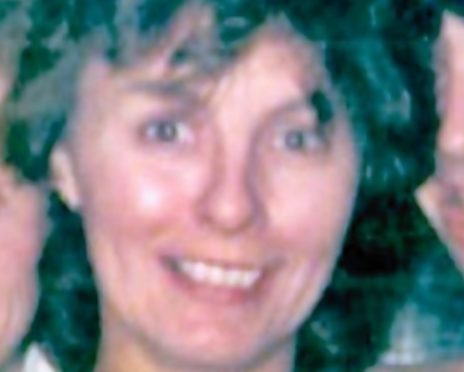A prosecutor has called upon a jury to return a guilty verdict against a pensioner who is standing trial for murdering a woman at her home.
Advocate Depute David Taylor told jurors that there was enough evidence to convict Michael Taylor, 71, of murdering Elizabeth Muir in Inverness last year.
The solicitor advocate told the jury at the High Court in Edinburgh yesterday that police investigating Ms Muir’s death had found forensic evidence which tied the accused to the scene of the alleged crime.
The prosecution lawyer told the jury that there was proof that was available “beyond a reasonable doubt” which showed that the man sitting in the dock of the court committed murder.
He added: “When you look at the whole evidence – the CCTV, the footwear, the fingerprint, the DNA and the confessions made by Michael Taylor, – you will be left in no doubt at all who is responsible for the death of the Elizabeth Muir.
“I would suggest to you, ladies and gentlemen of the jury, that when you consider your verdict, you will reach the inevitable conclusion that Michael Taylor is guilty of murder.”
Taylor denies murdering Ms Muir, also known as Elizabeth Mackay, at her home in Kintail Court, Inverness, in late March last year.
Mr Taylor told the jury that the Crown believed Elizabeth could have died after being struck repeatedly by a pot or pan.
Mr Taylor told the court that fingerprints were found in blood which had been left beside Elizabeth’s body. He said that Taylor’s DNA was found on the body of Elizabeth Muir. Mr Taylor also told the court that the accused had made admissions about taking Ms Muir’s life to people in the time following her death.
The lawyer said that a witness said that Mr Taylor had said: “I didn’t mean to kill her. I only punched her once.”
Prosecutors allege that between March 28 and March 31 last year, Taylor assaulted Elizabeth by seizing hold of her body and her hair at her home in the city’s Kintail Court. It is claimed that Taylor repeatedly punched her on the head and caused her to fall to the ground.
The Crown alleges that Mr Taylor then repeatedly struck Elizabeth on the head and body with a “blunt” object before removing her clothing and handling her breasts. Prosecutors also allege that Mr Taylor then repeatedly struck her on the head and body with a “blunt” object before removing her clothing and handling her breasts. Prosecutors also allege that Mr Taylor bit her breast and murdered her.
Yesterday, prosecutors withdrew a second charge of theft against Taylor.
The trial, which is being heard before judge Michael O’Grady QC, continues.
